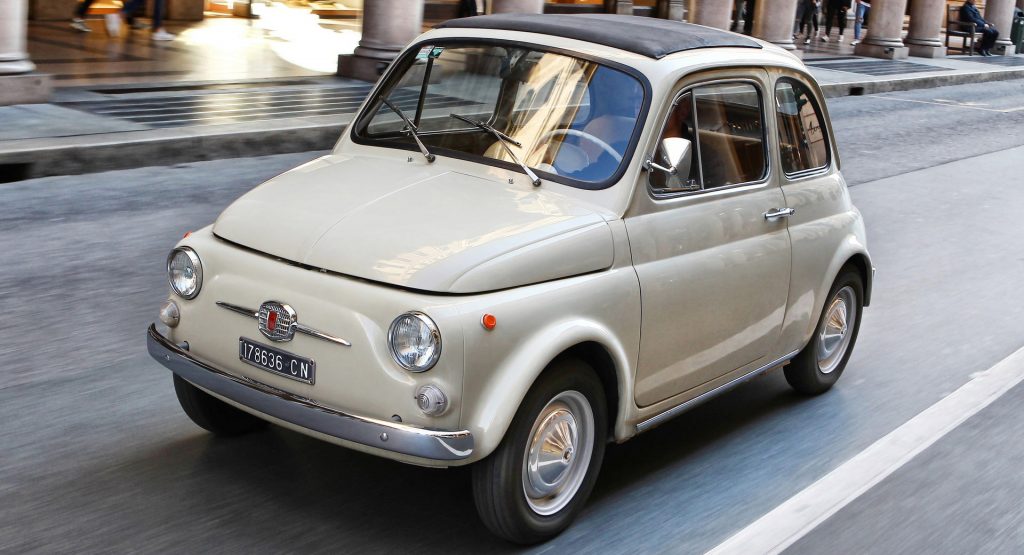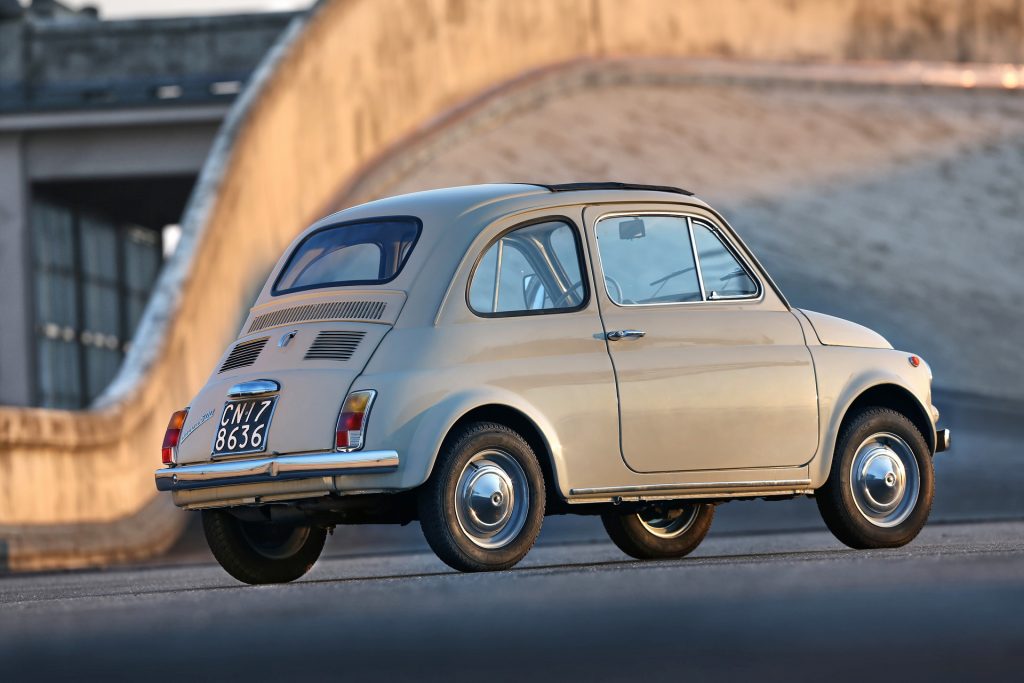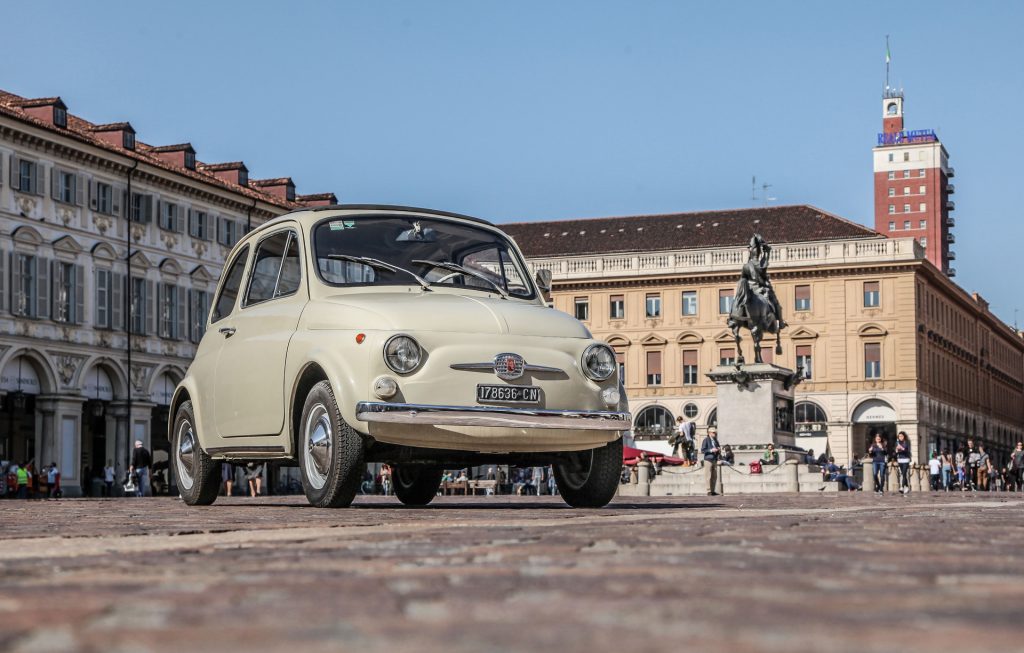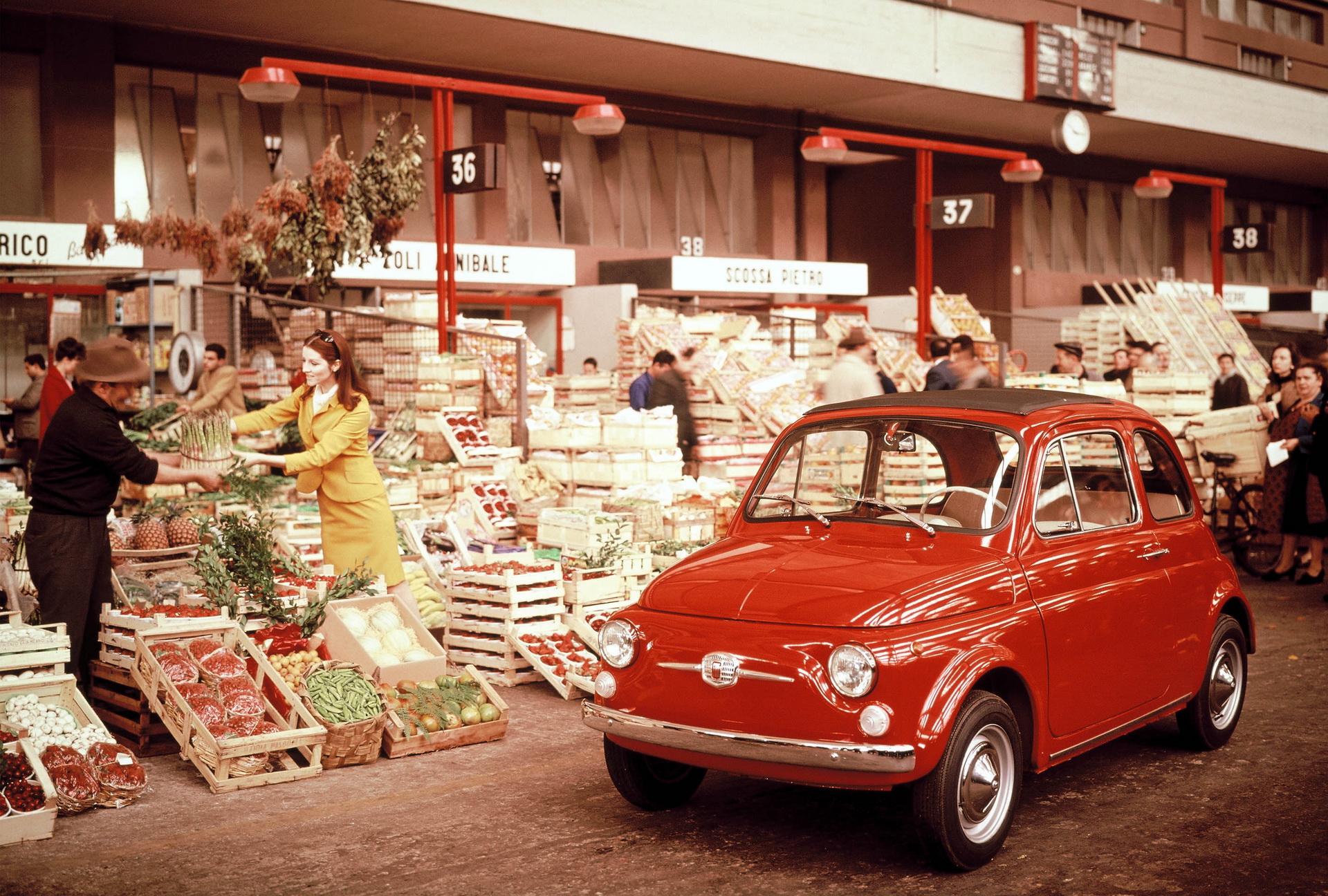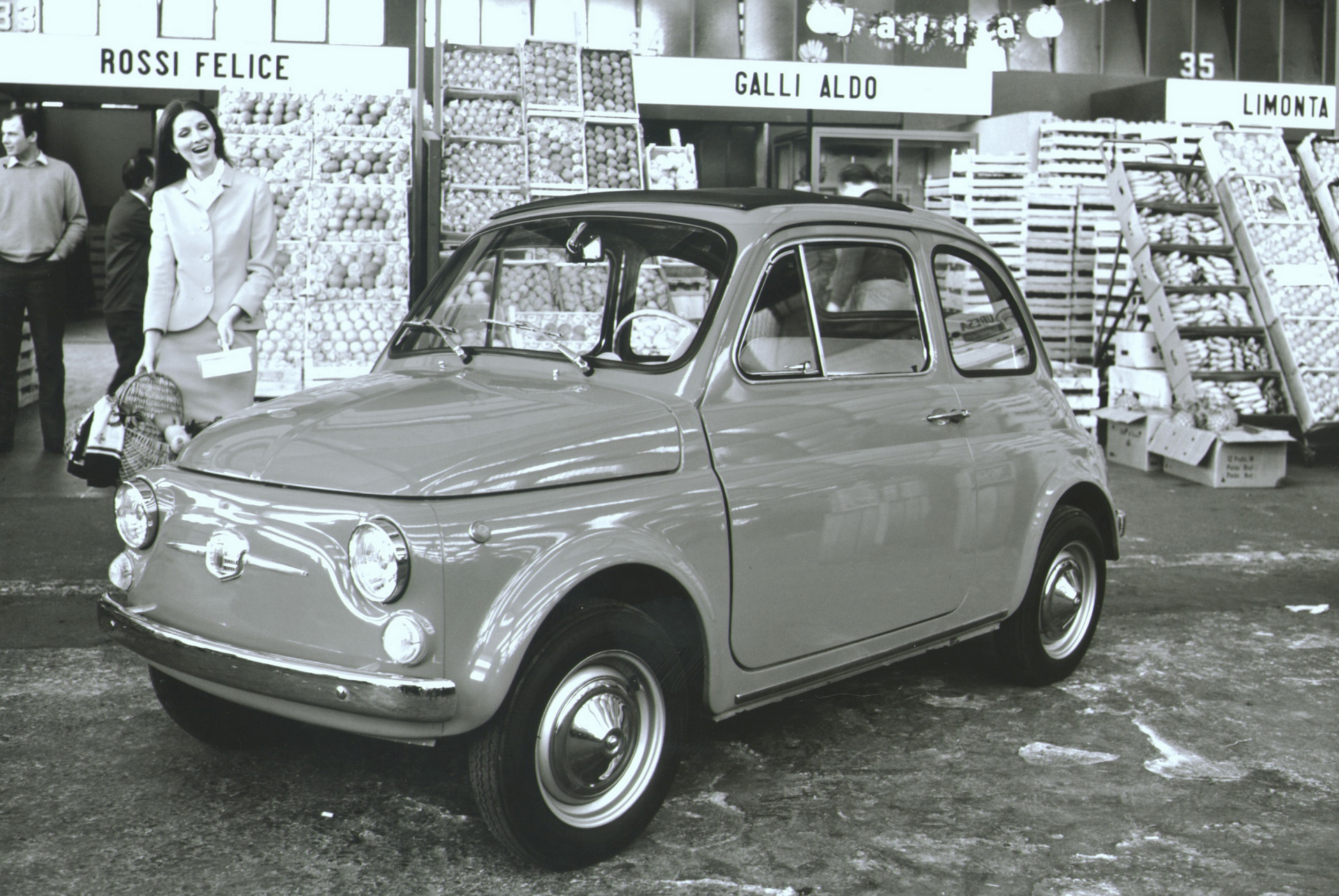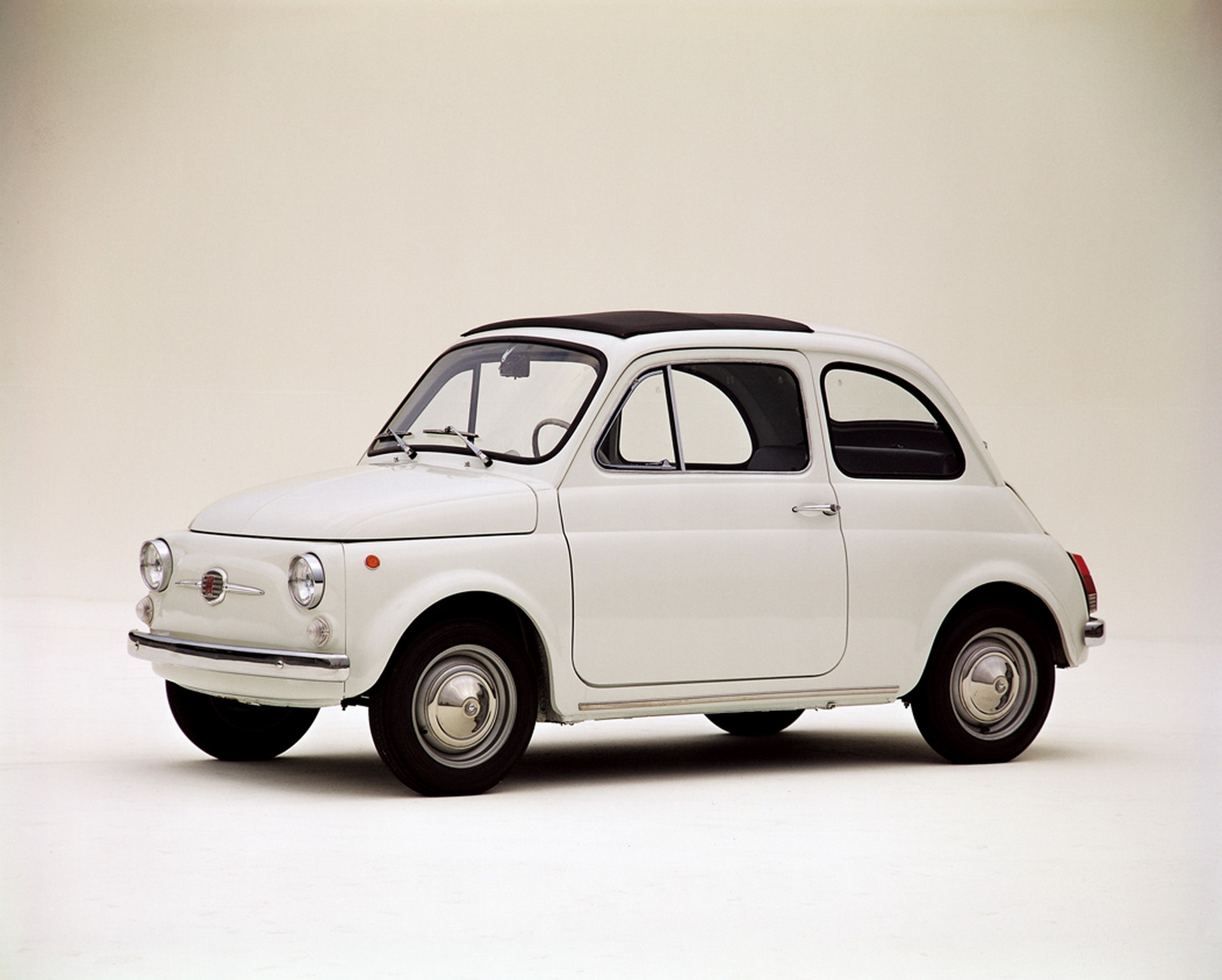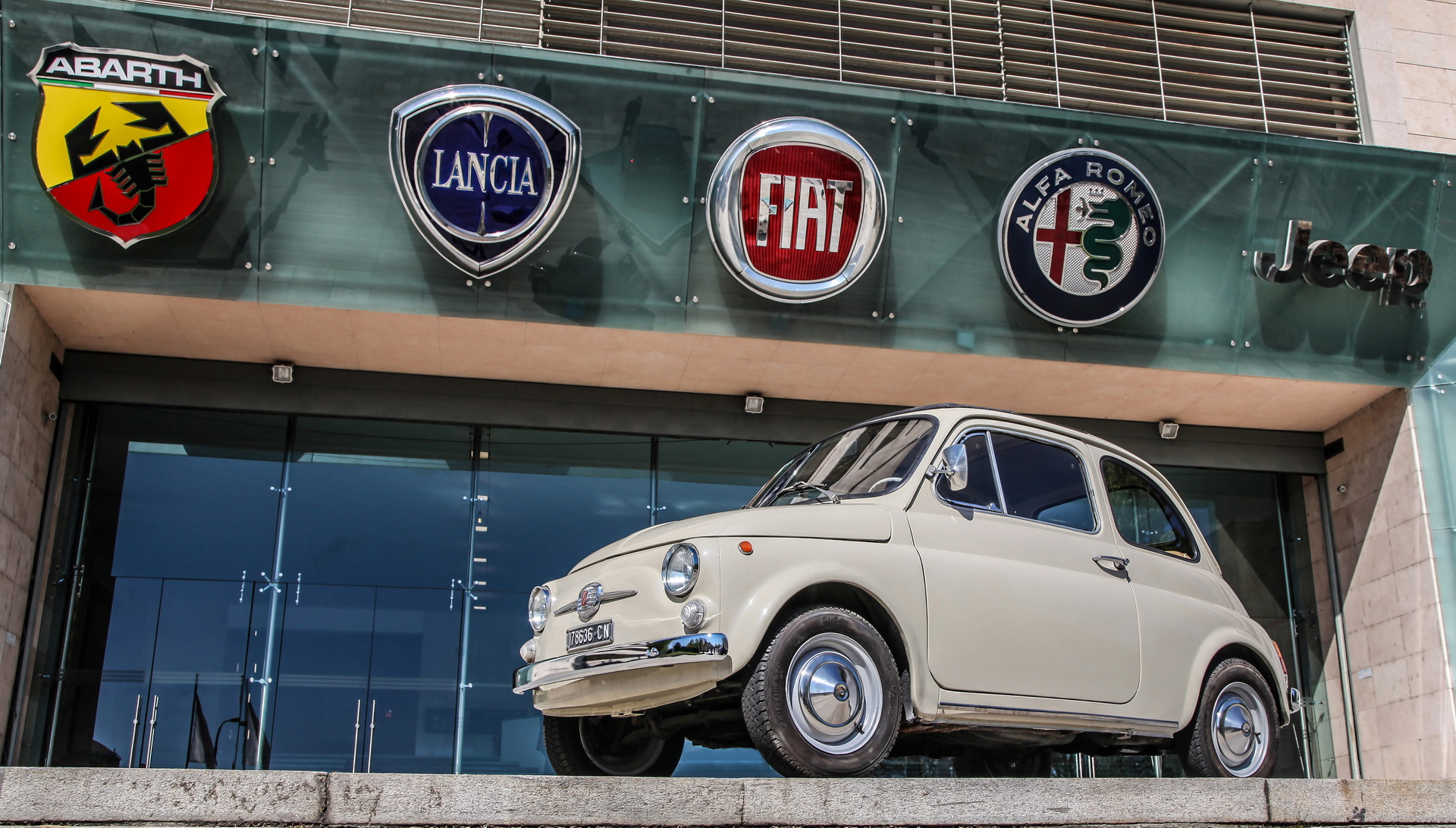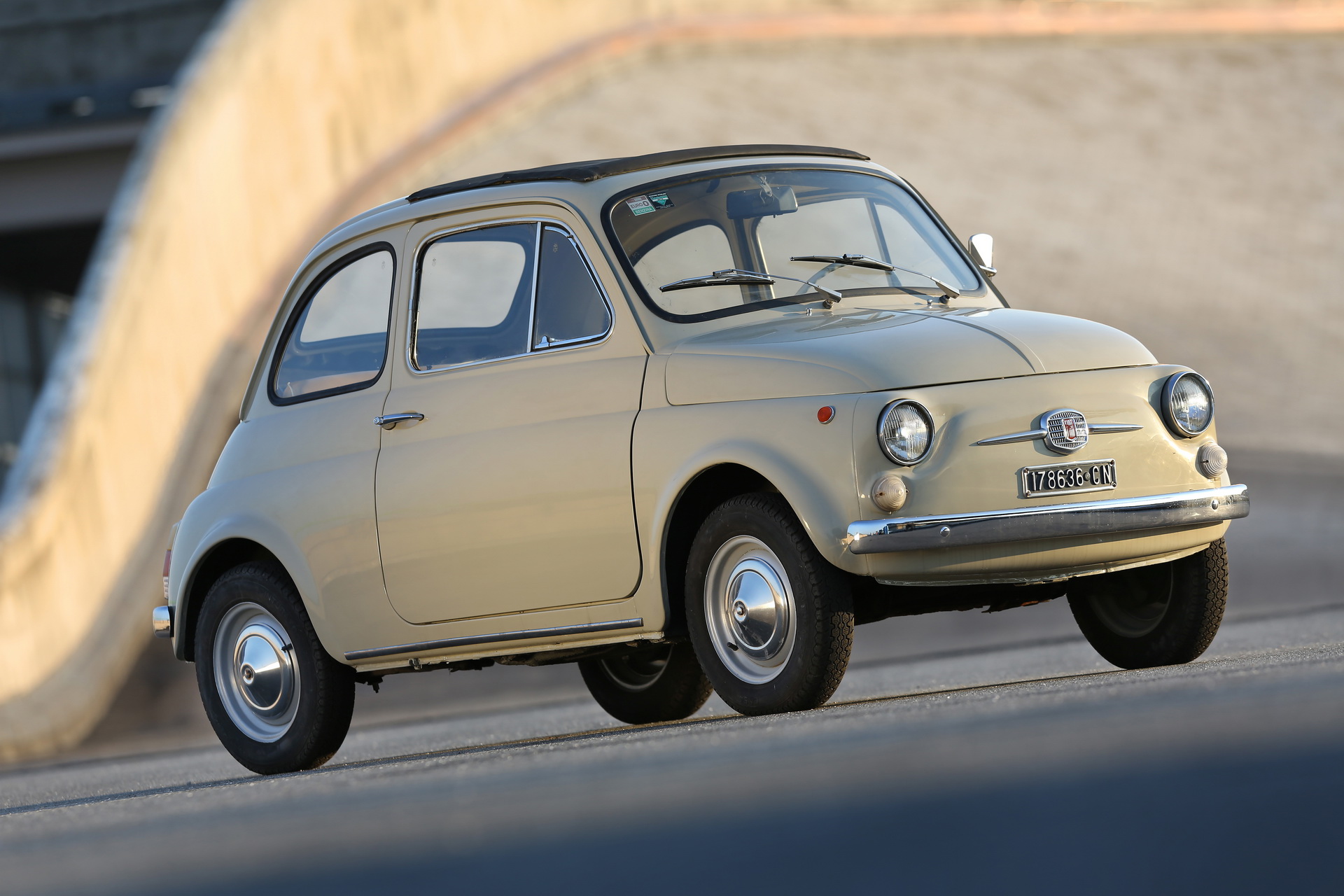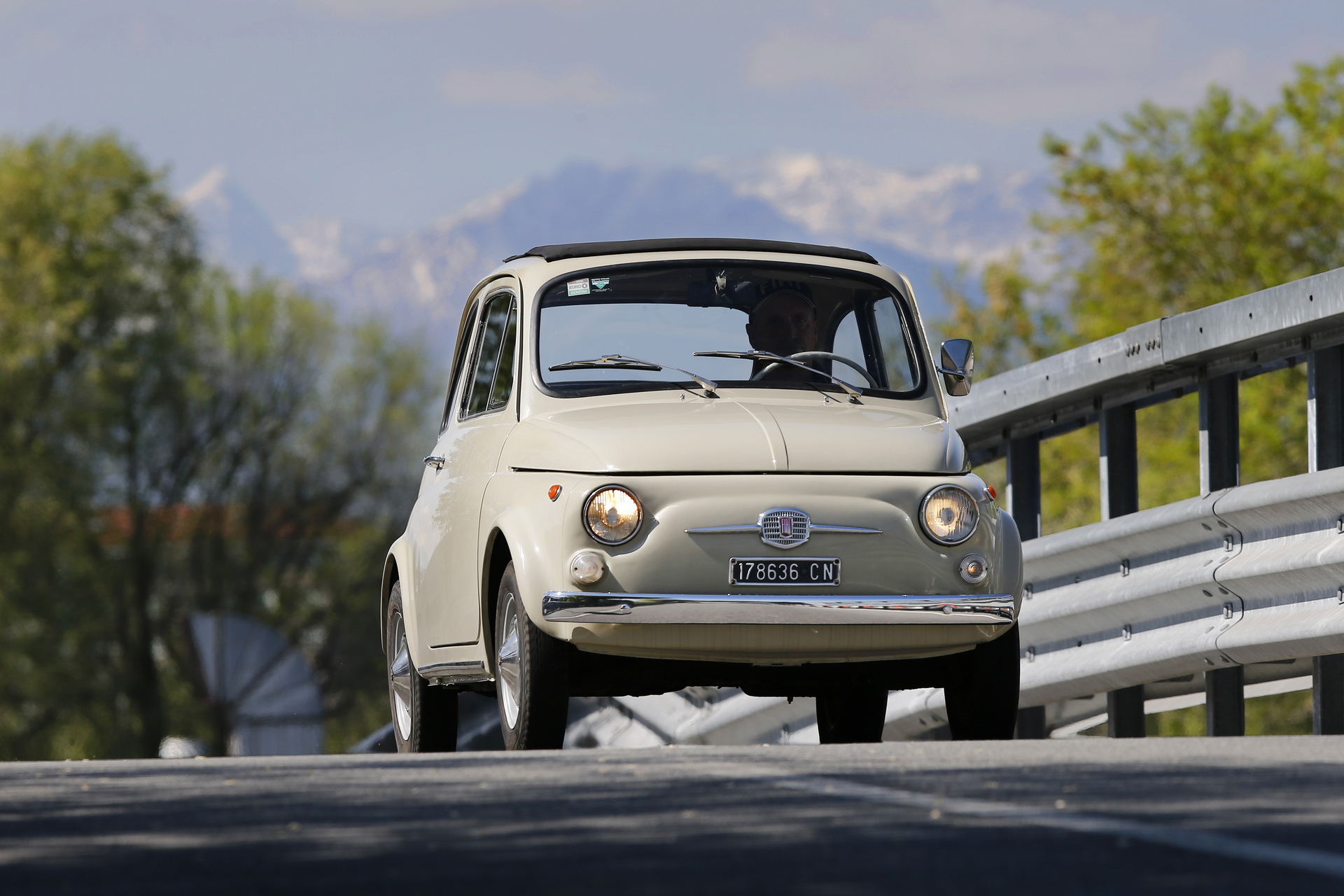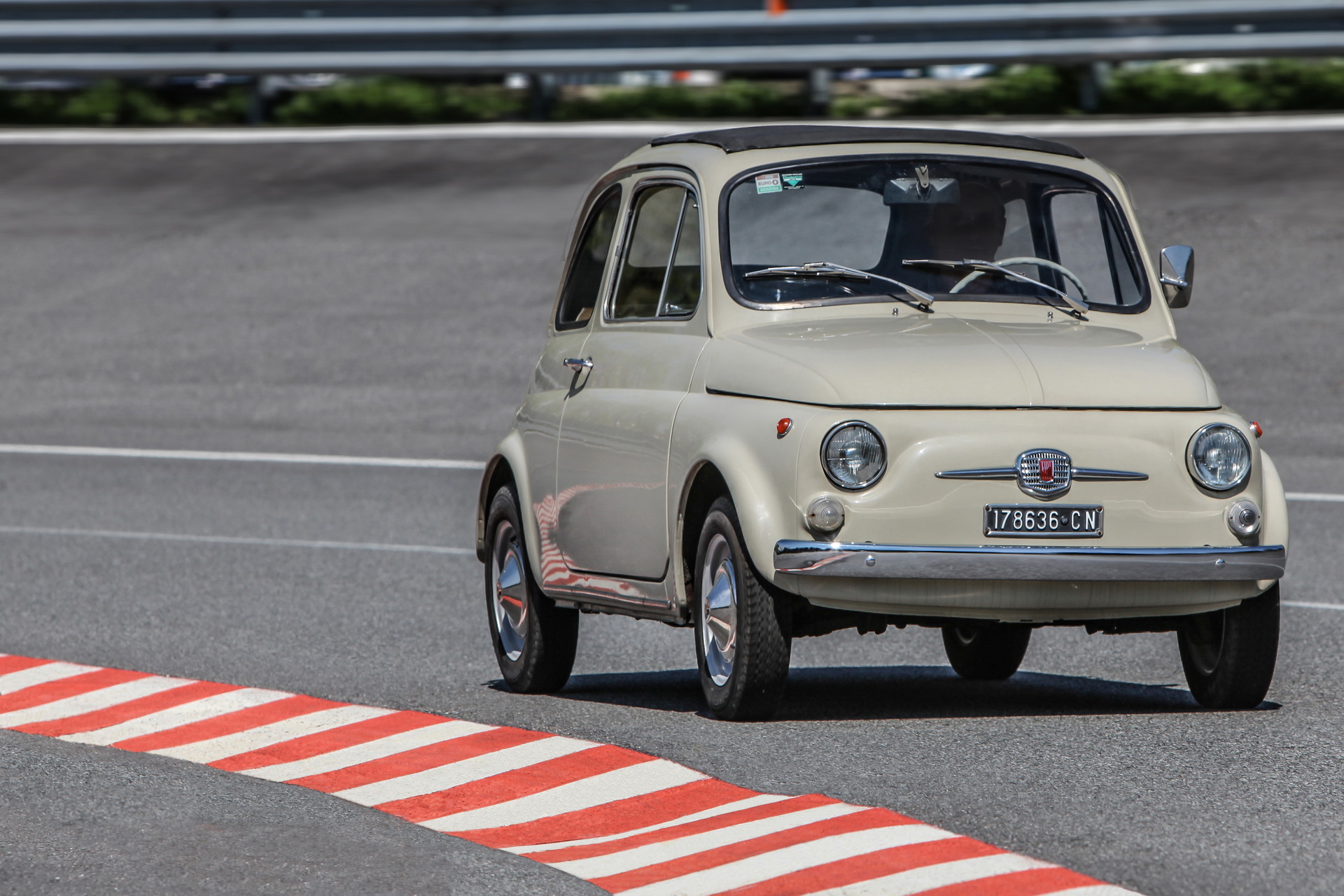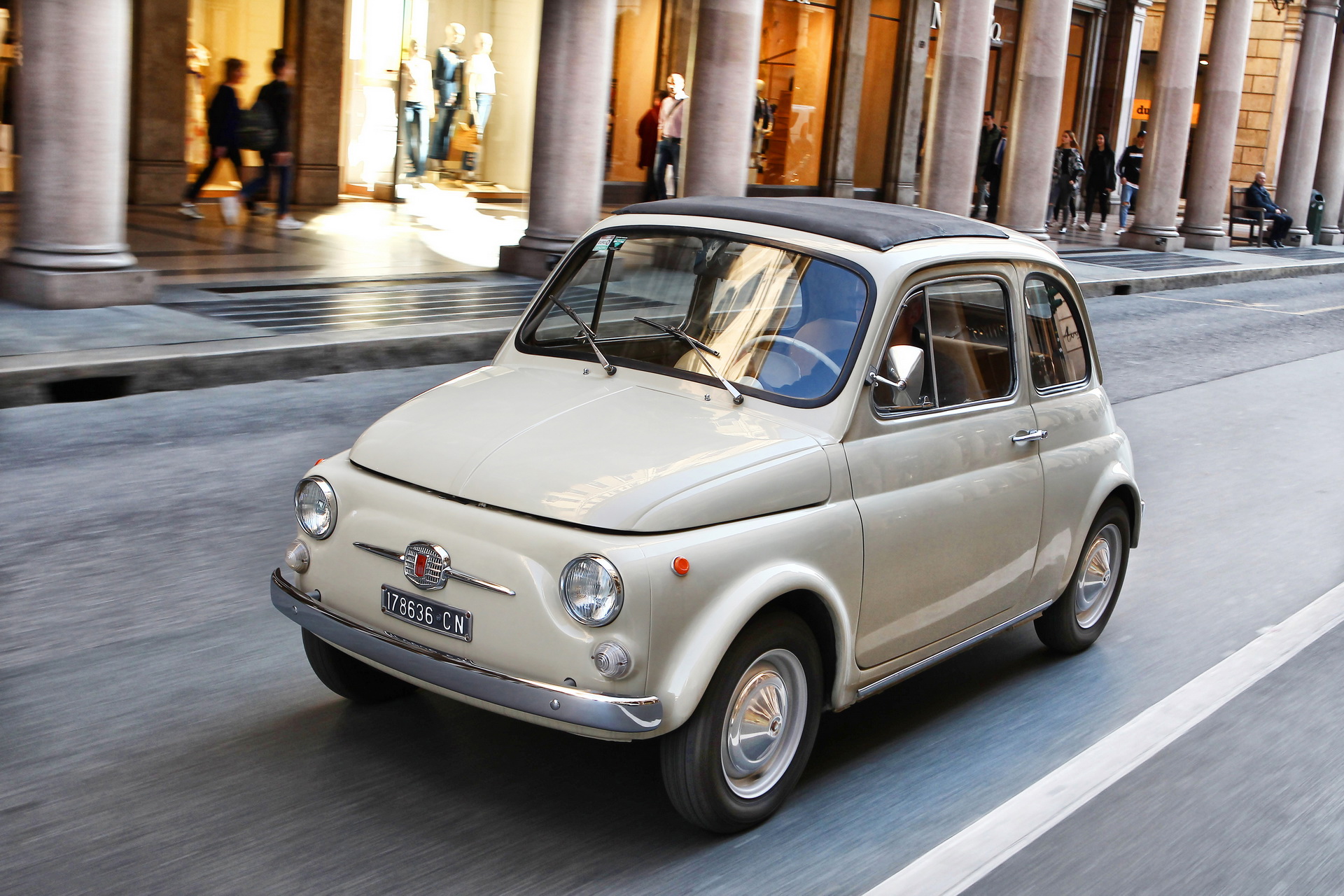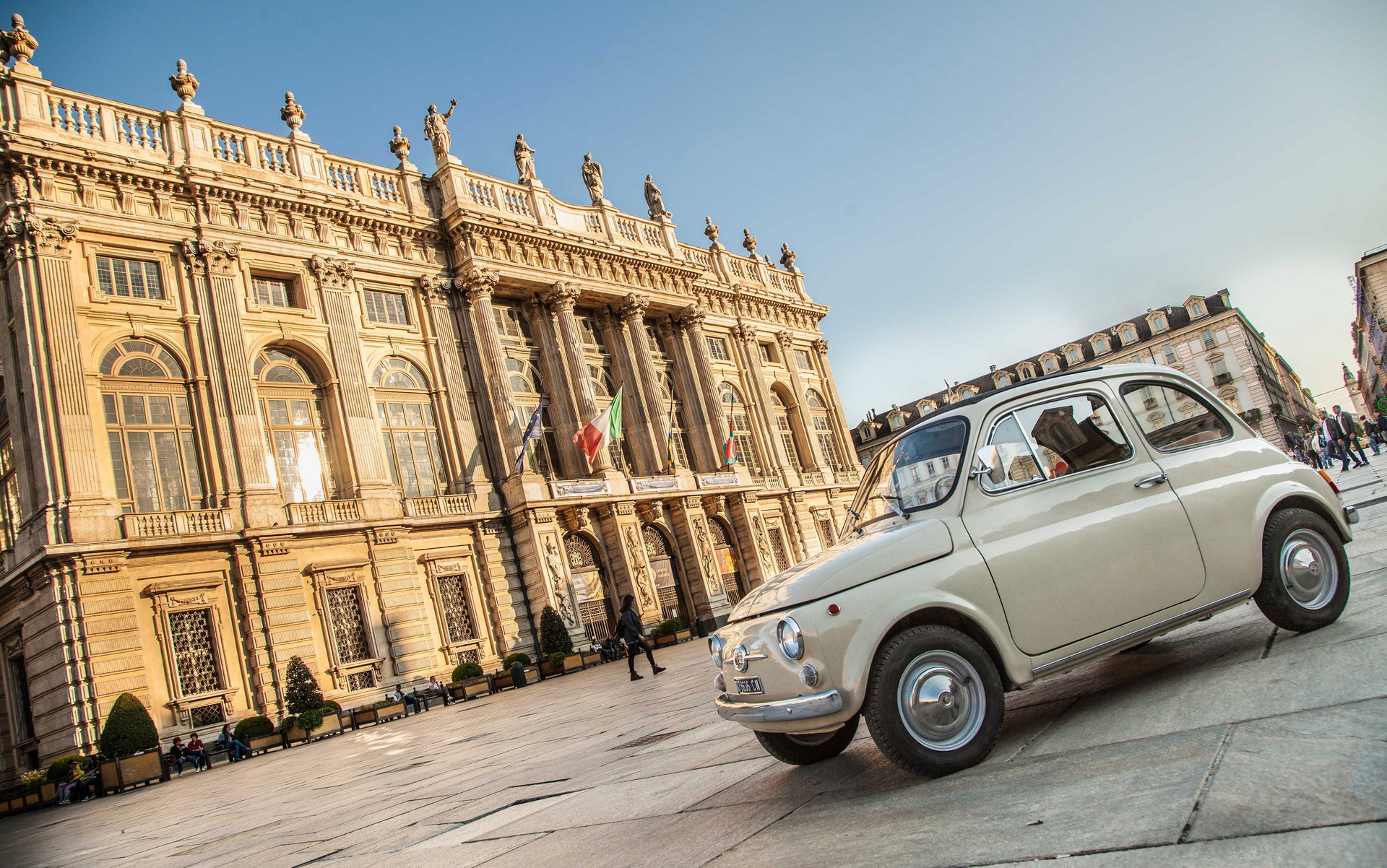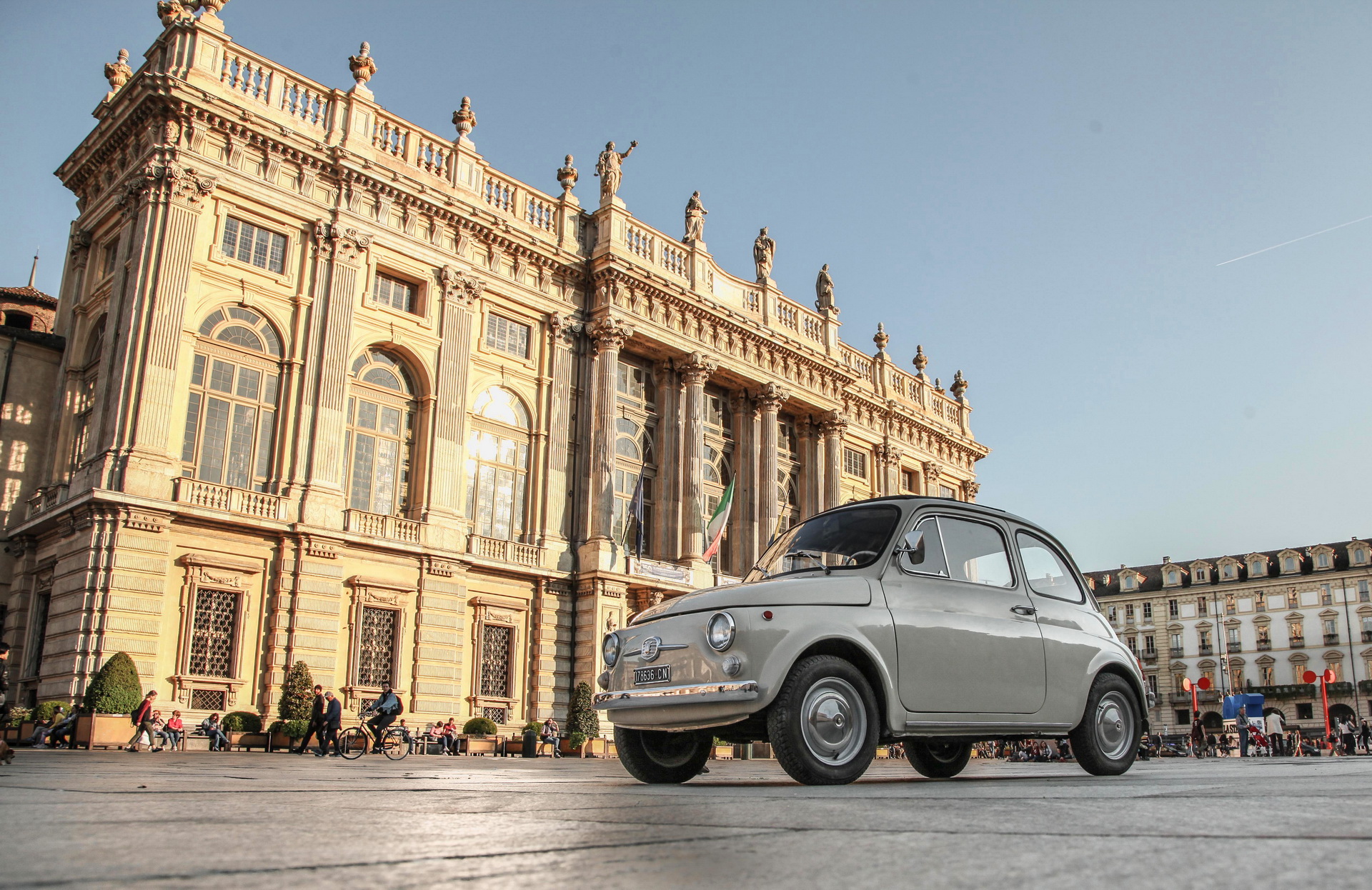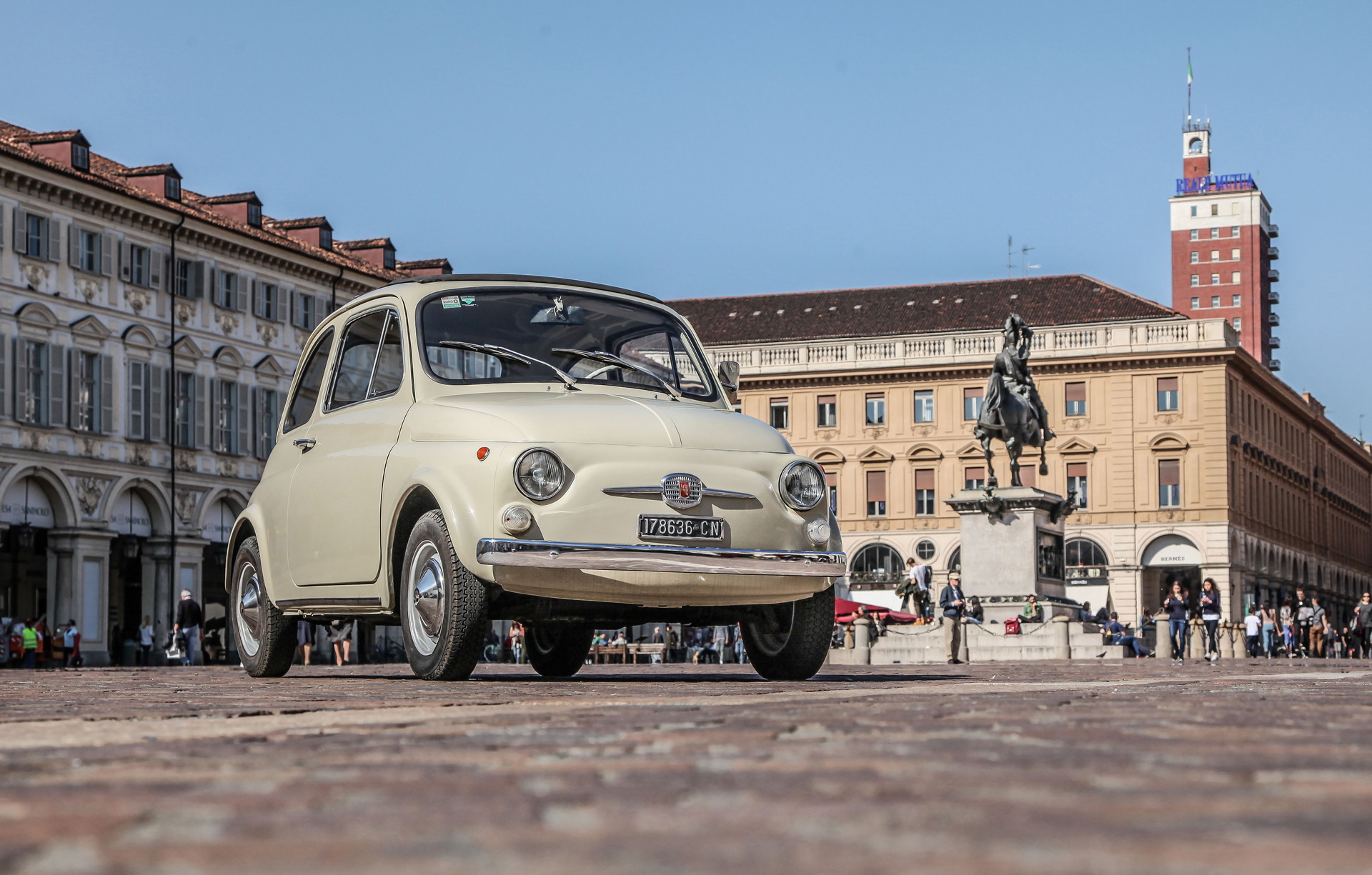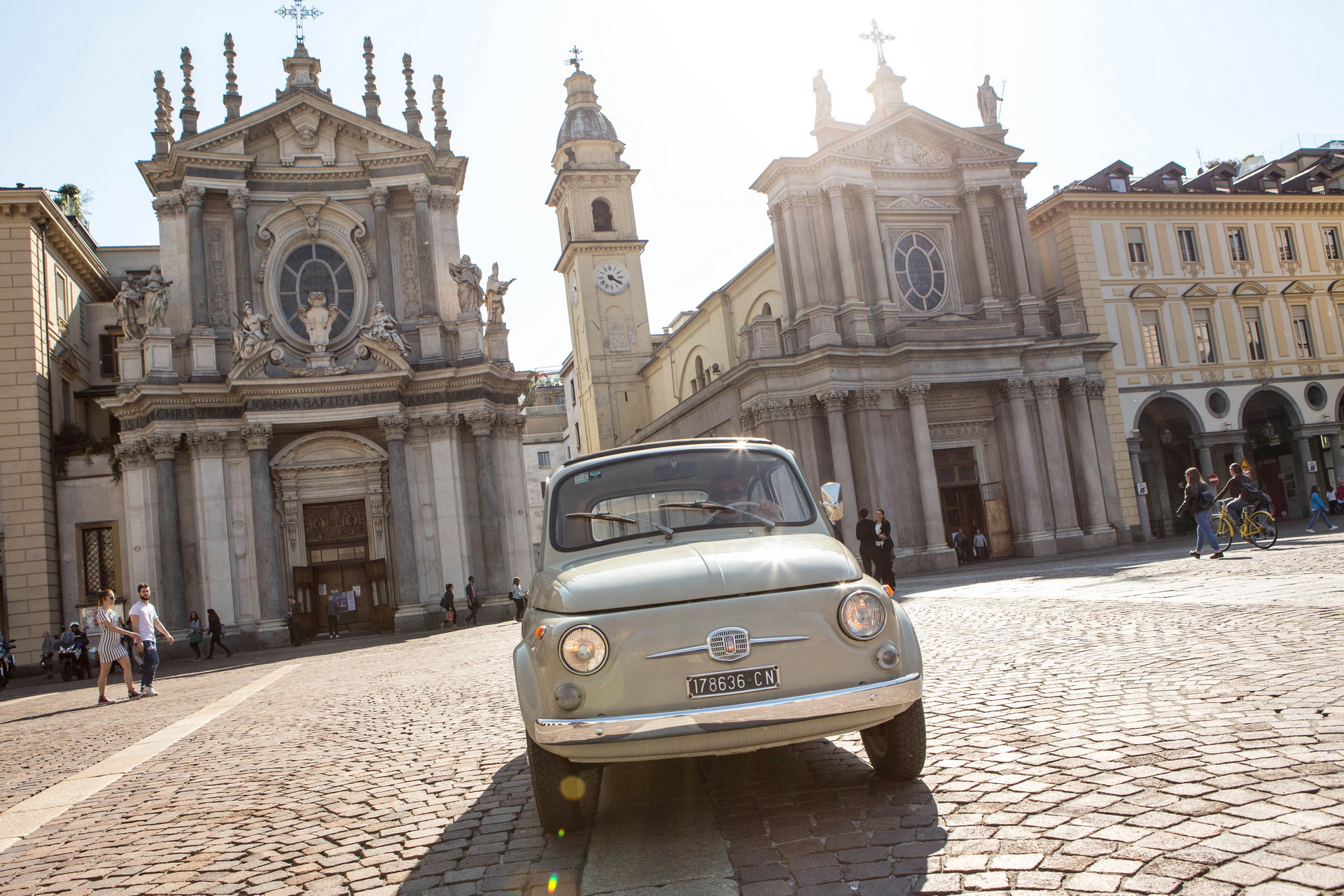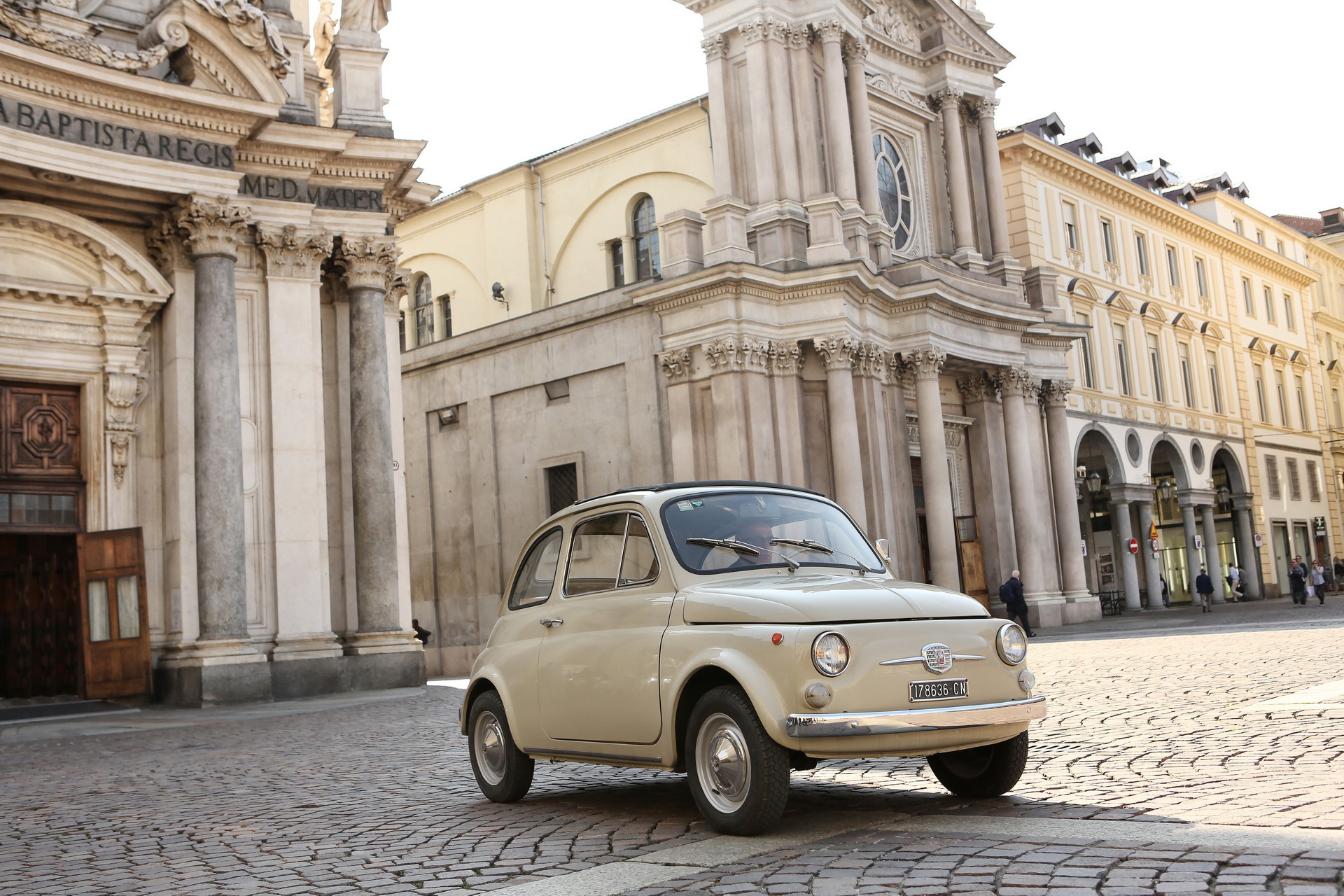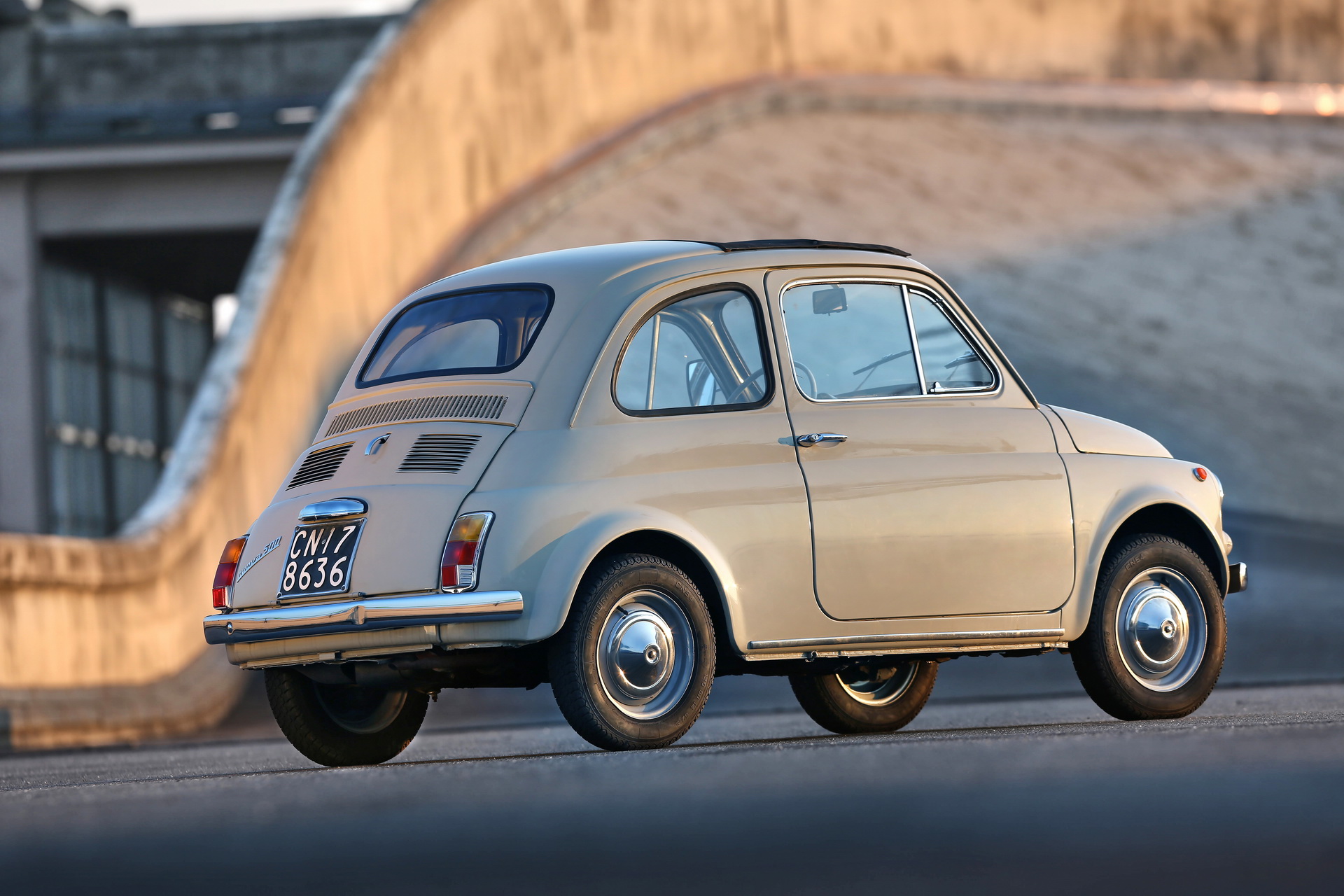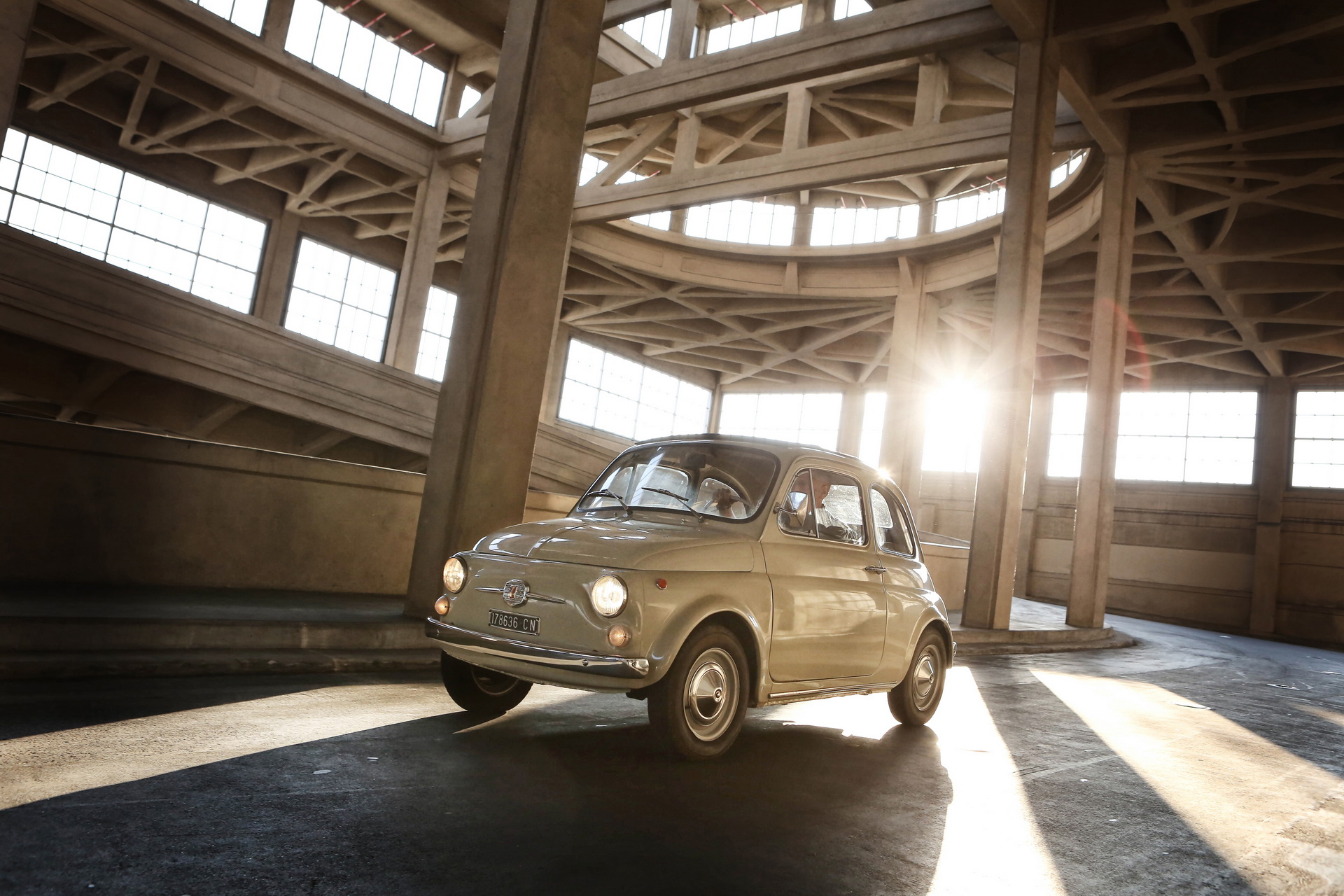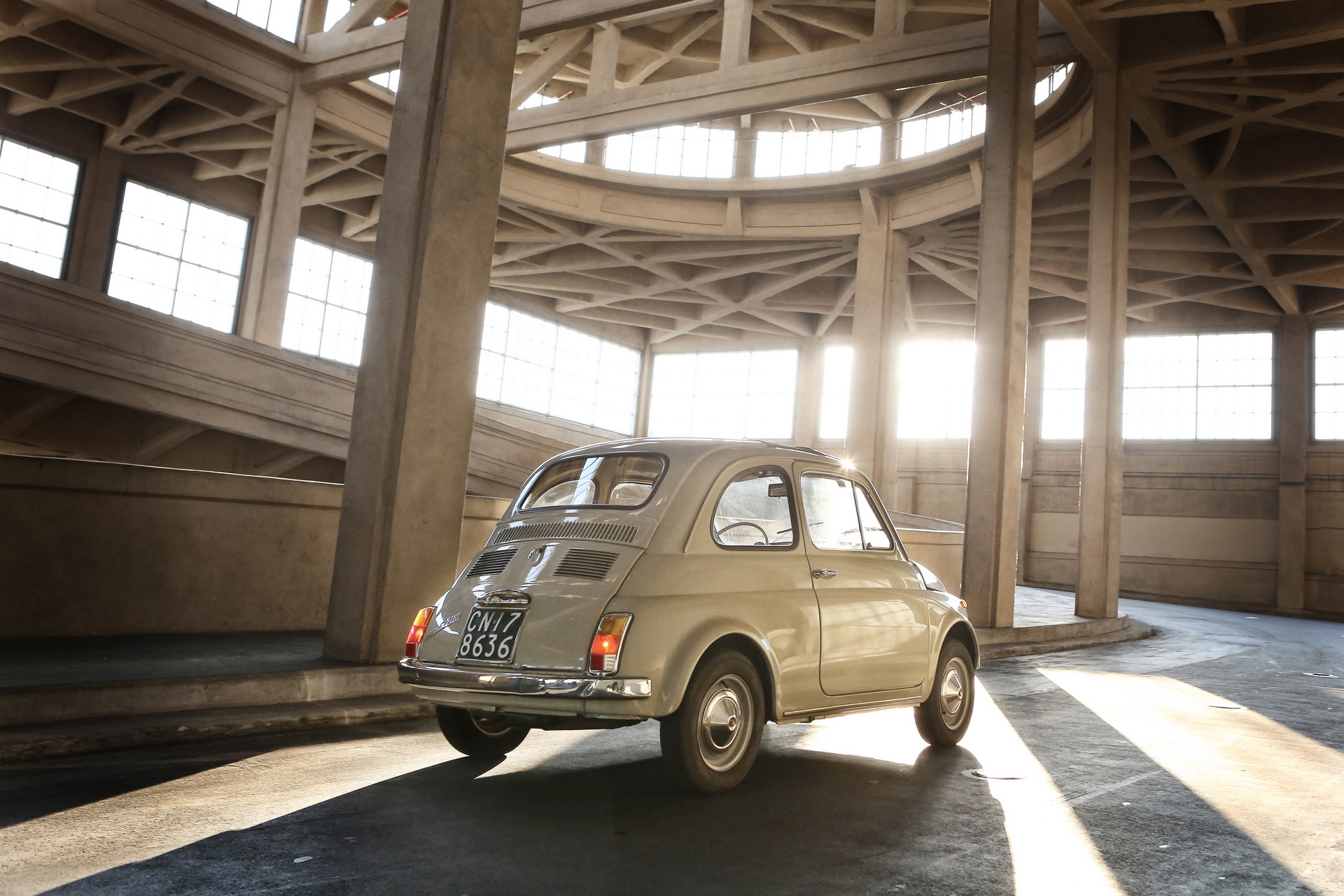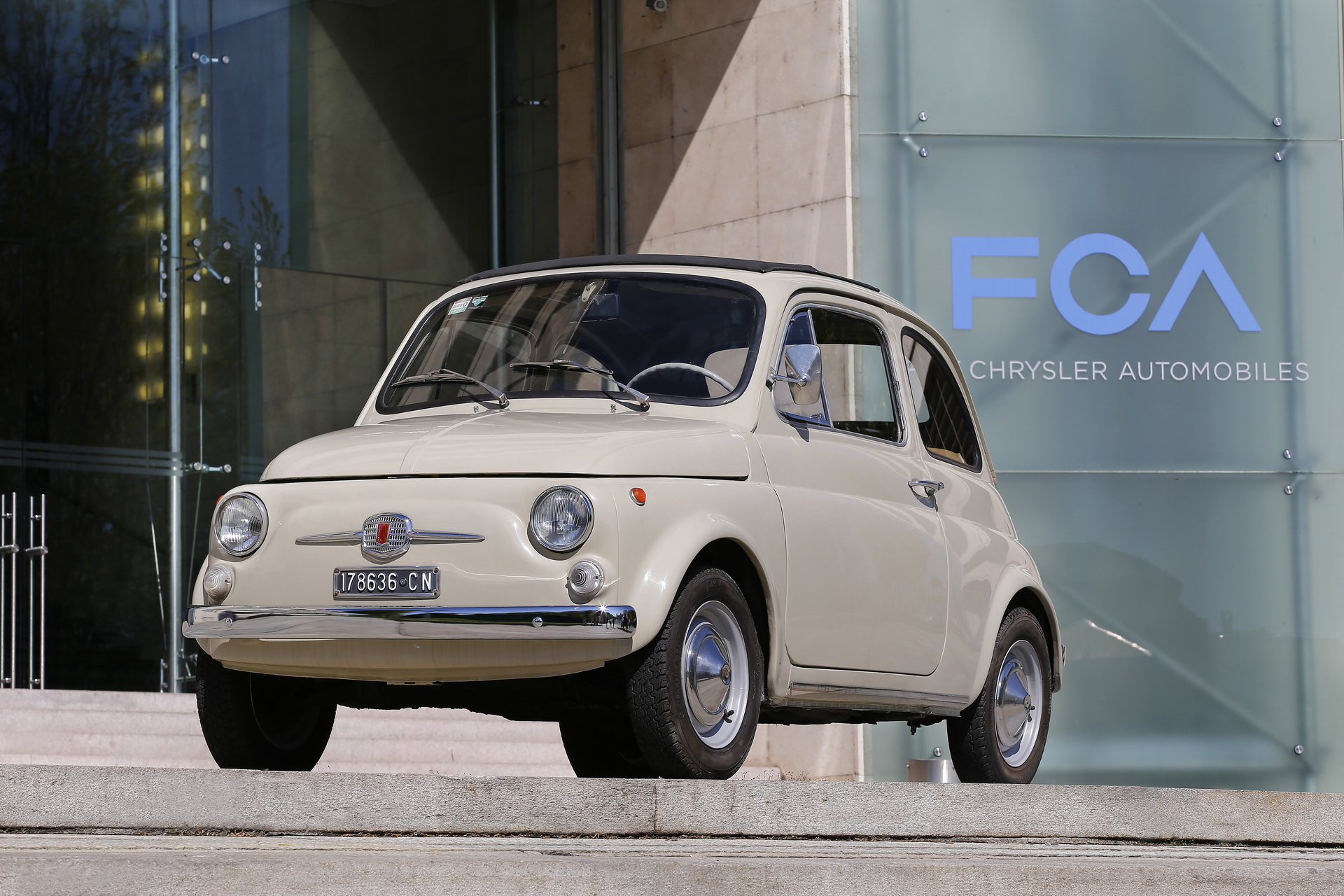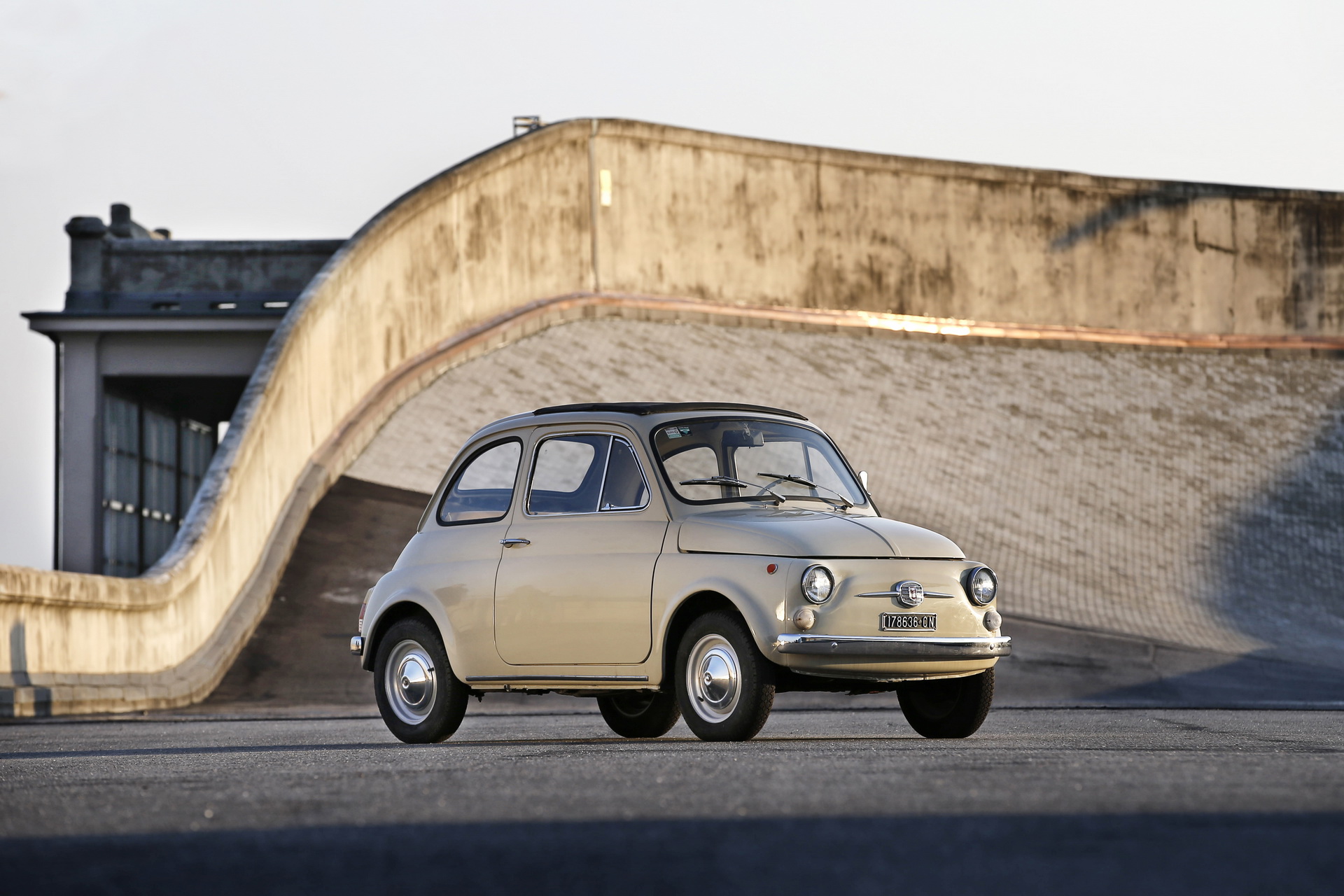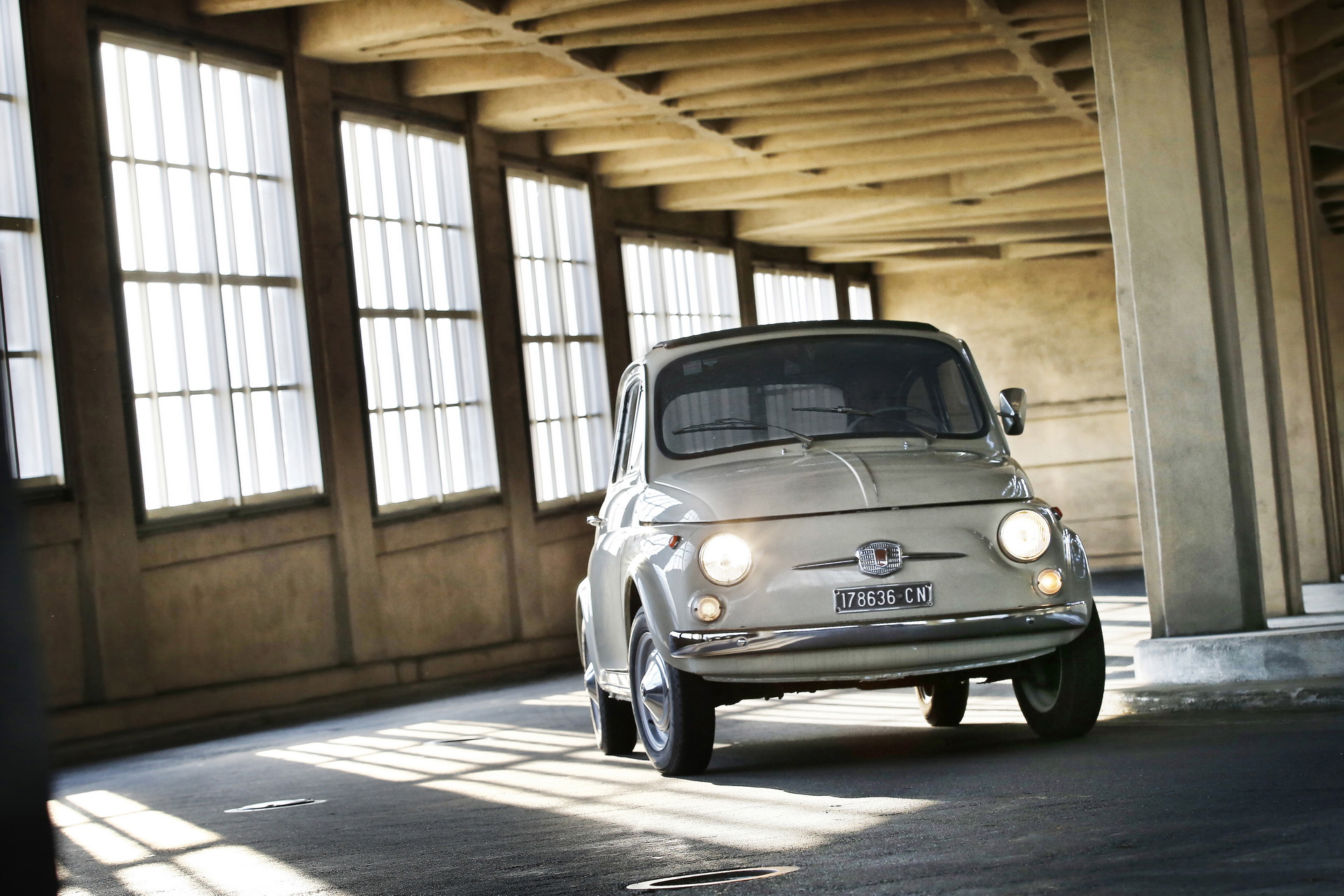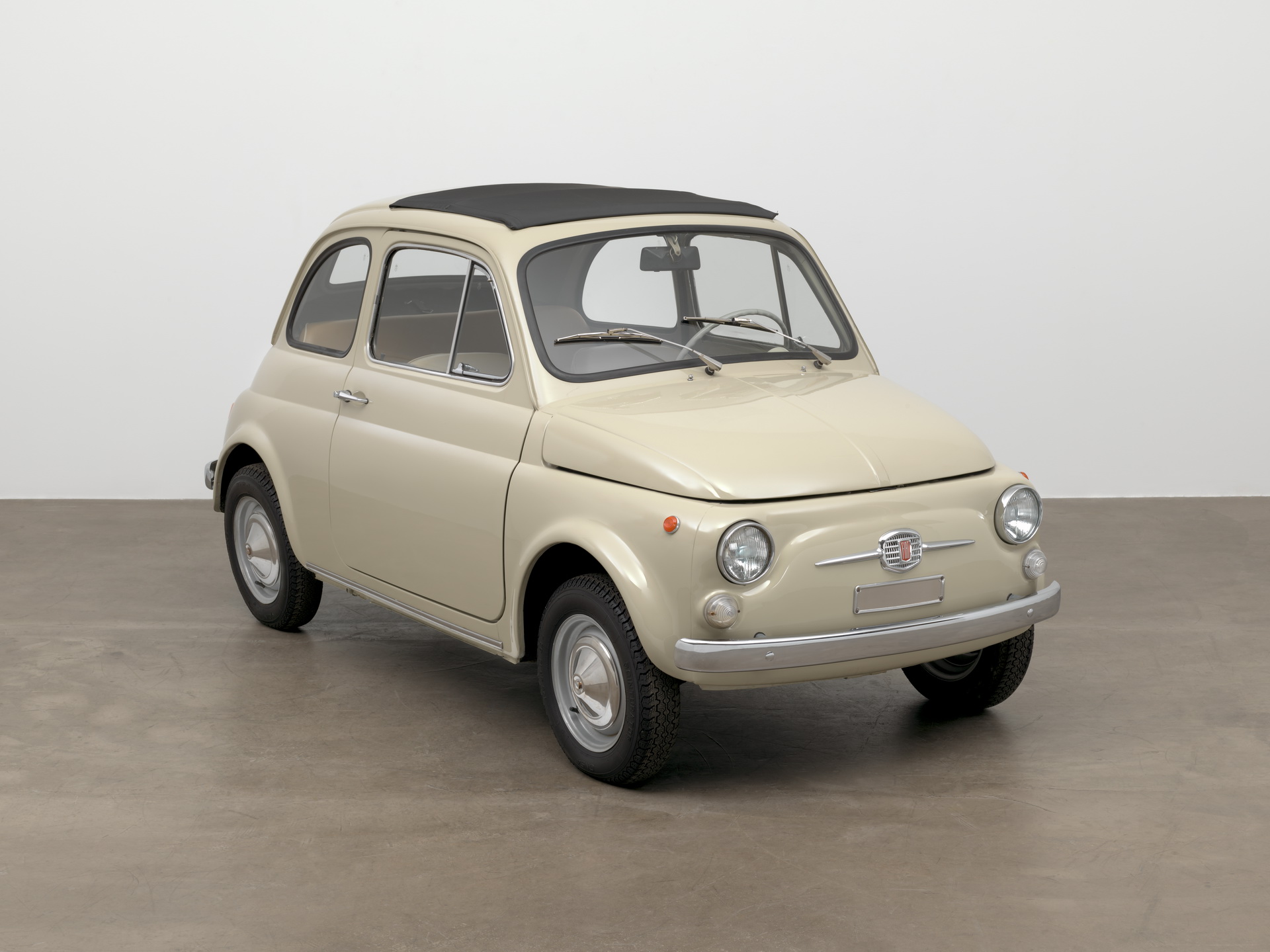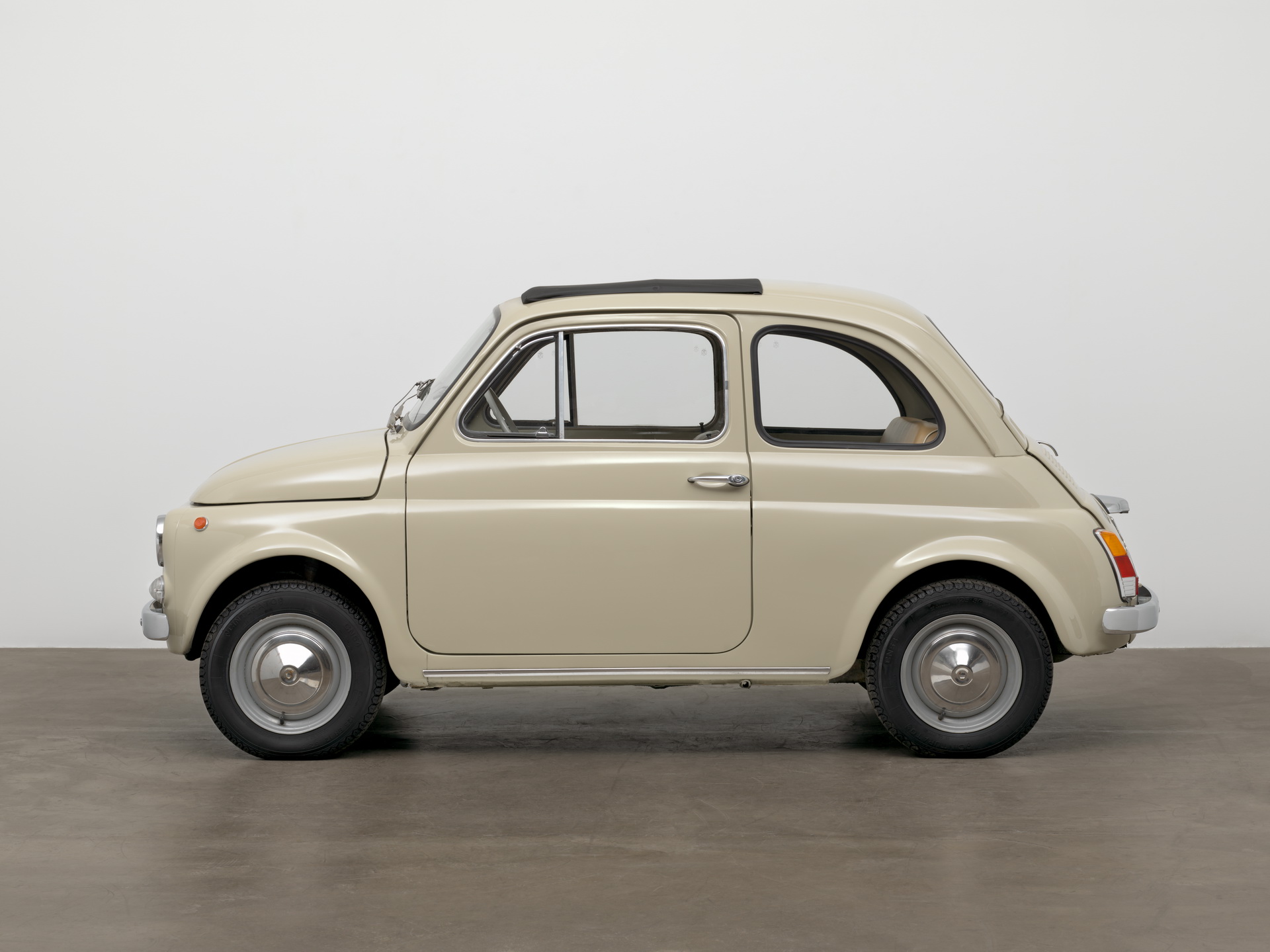The Museum of Modern Art (MoMA) in New York will put on public display a Fiat 500 F Series, starting from February 10 2019, celebrating one of the most iconic designs in the world.
The beloved classic will be displayed as a highlight of ‘The Value of Good Design’ exhibition, which was created out of MoMA’s wide collection of industrial design. The museum bought its own Fiat 500 last year.
“The 500 is an icon of Italian style that never went out of fashion and that over the decades gained fans all around the world because of its key features and strong personality,” says Luca Napolitano, Head of EMEA Fiat and Abarth brands. “Since 1957, Fiat 500 has always brought color and smiles to everyday lives on the roads of the world, becoming an ambassador of the ‘Bel Paese’ and an icon of style and design ‘made in Italy’.”
MoMA chose the F Series as its display car because it is the most popular version of the iconic classic city car. Built between 1965 to 1972, the original ‘Cinquecento’ embodies many of the mid-century modernist design’s values. The combination of the form-follows-function mantra with the belief that quality design should be accessible to all is what gave the tiny Fiat its iconic status.
Along with the other versions of the first-gen 500 (Sport, D, L and R), Fiat sold over four million examples between 1957 and 1975. The classic 500 was penned by designer and engineer Dante Giacosa, who’s also responsible for models like the original 500 ‘Topolino’ and the 500 ‘Nuova’.
The original 500 was conceived as an affordable car for the masses, featuring a rear-engine setup and a surprisingly spacious interior that could fit four passengers. It came with a fabric foldable roof as standard, which gave the 500 a sense of luxury and reducing at the same time the amount of steel required for its construction, which was a precious commodity at the time.








